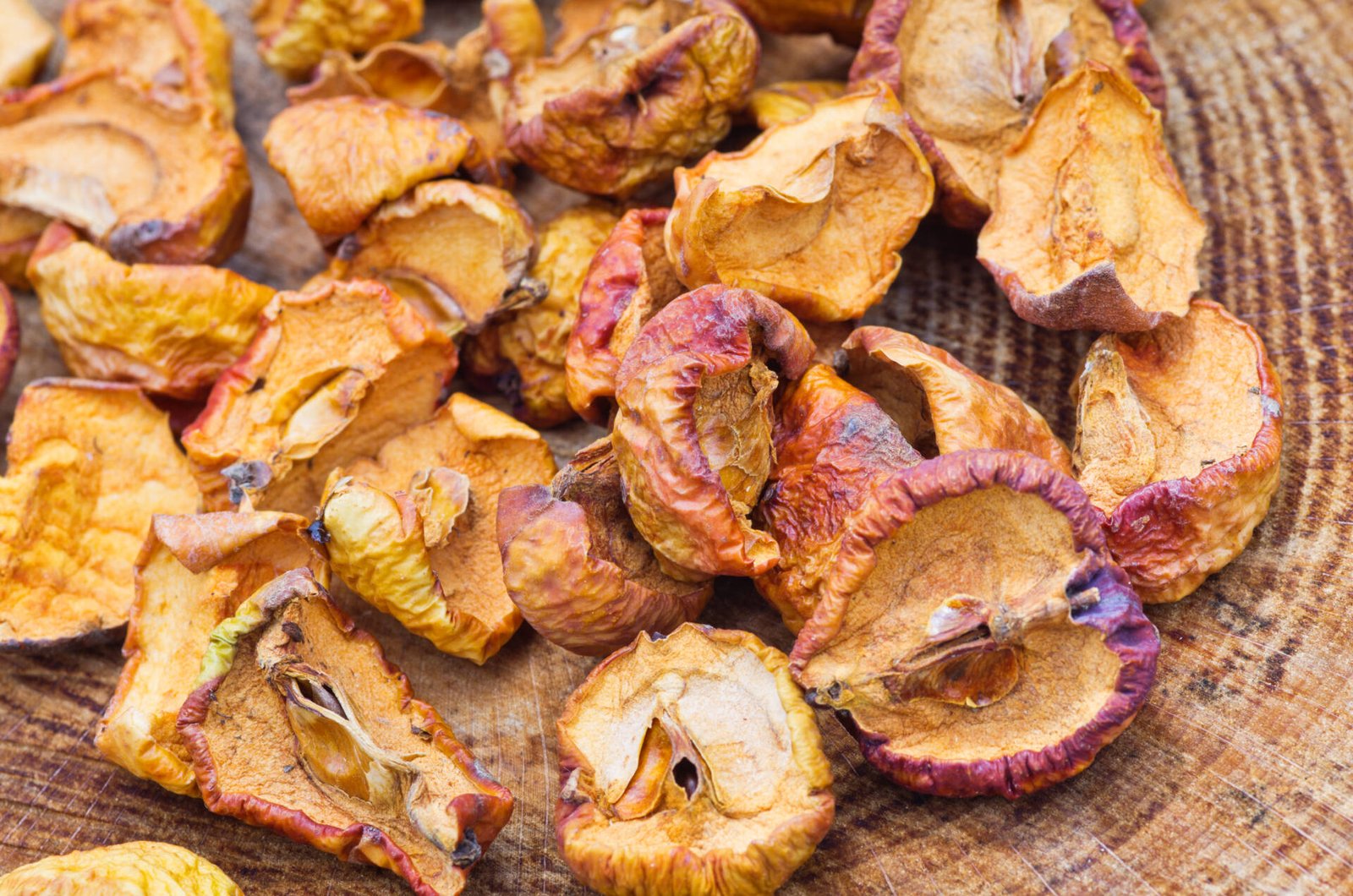The Journey of Corn to the Balkans
Kolobotnjica, a cherished corn bread, has deep roots in the history and culture of the Balkans. The story of kolobotnjica begins in the 17th century when corn, known locally as kolomboć, was introduced to the region. Corn traveled across the Balkans from Spain via Turkey, from Italy, and from Hungary, making its way through the mountainous regions of Montenegro and bringing with it a simpler way to make bread, a crucial food staple.
The Origins of the Name
The name kolomboć is believed to have originated from Christopher Columbus, who introduced corn to Europe from America. As the grains found their way into local kitchens, they transformed the culinary landscape, giving birth to the beloved corn bread known as kolobotnjica.
The Importance of Corn Bread
Etymologists have traced the word kolomboć into various local languages, including Albanian and Bulgarian, from Modern Greek. In the mountainous regions where wheat was scarce, corn flour became the backbone of the diet. Corn bread, known by various names such as kolobotnjica, kukuruznica, or kukuruza, became an essential part of daily life. It was often paired with bacon and spring onions or enjoyed dipped in hot milk or soured milk.
Traditional Baking Methods
Traditionally, kolobotnjica was baked under a sač, a bell-shaped iron lid similar to a Dutch oven. This method involved covering the sač with hot ash, infusing the bread with a unique, smoky flavor. This practice showcased the culinary ingenuity of the time and the resourcefulness of mountain communities in adapting to their environment.
Kolobotnjica in Modern Times
Kolobotnjica remains a cherished part of the culinary heritage in the Balkans, standing as a testament to the region’s rich history and the enduring legacy of simple, wholesome food. Whether served alongside modern dishes or enjoyed as it was centuries ago, kolobotnjica continues to bring people together around the table, celebrating the flavors and traditions of the past.




